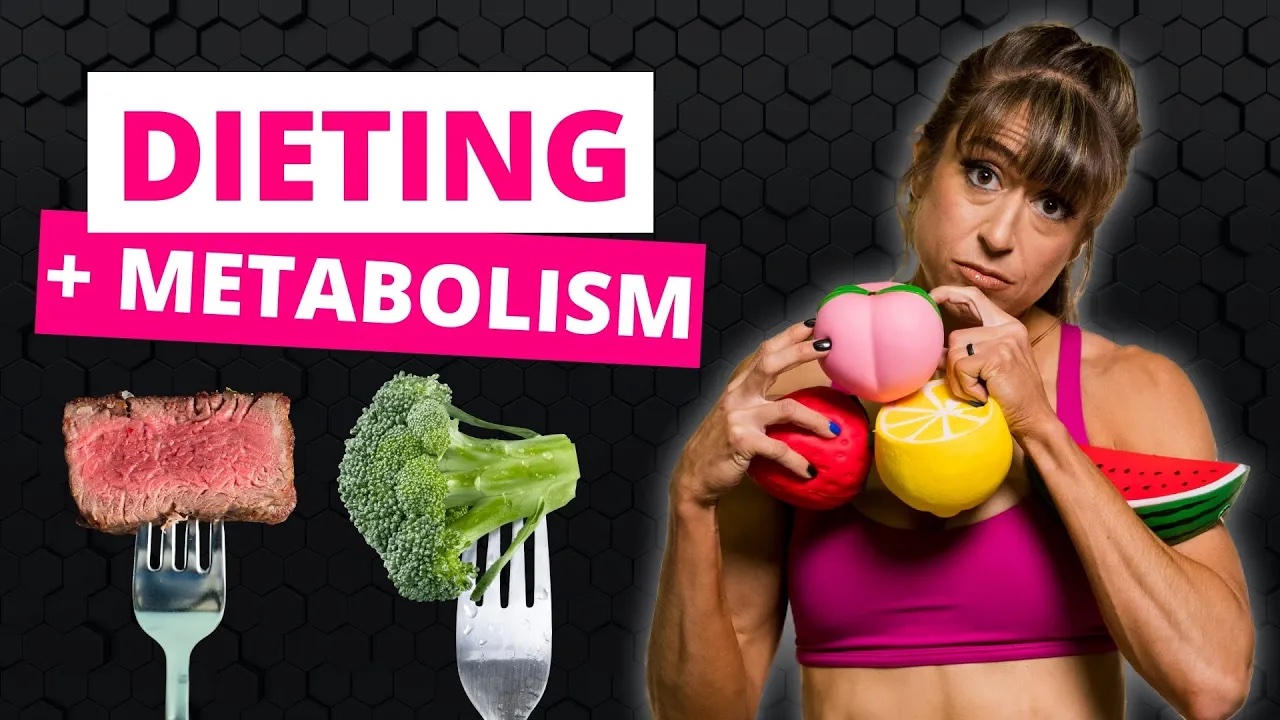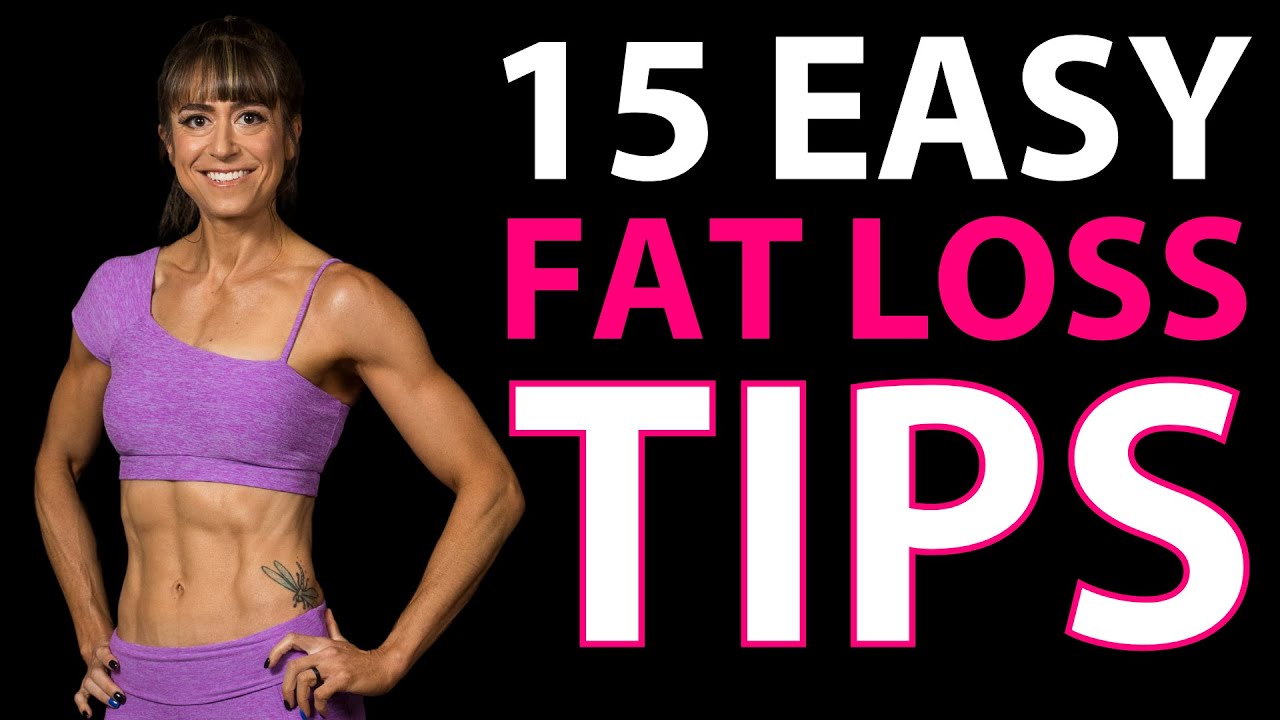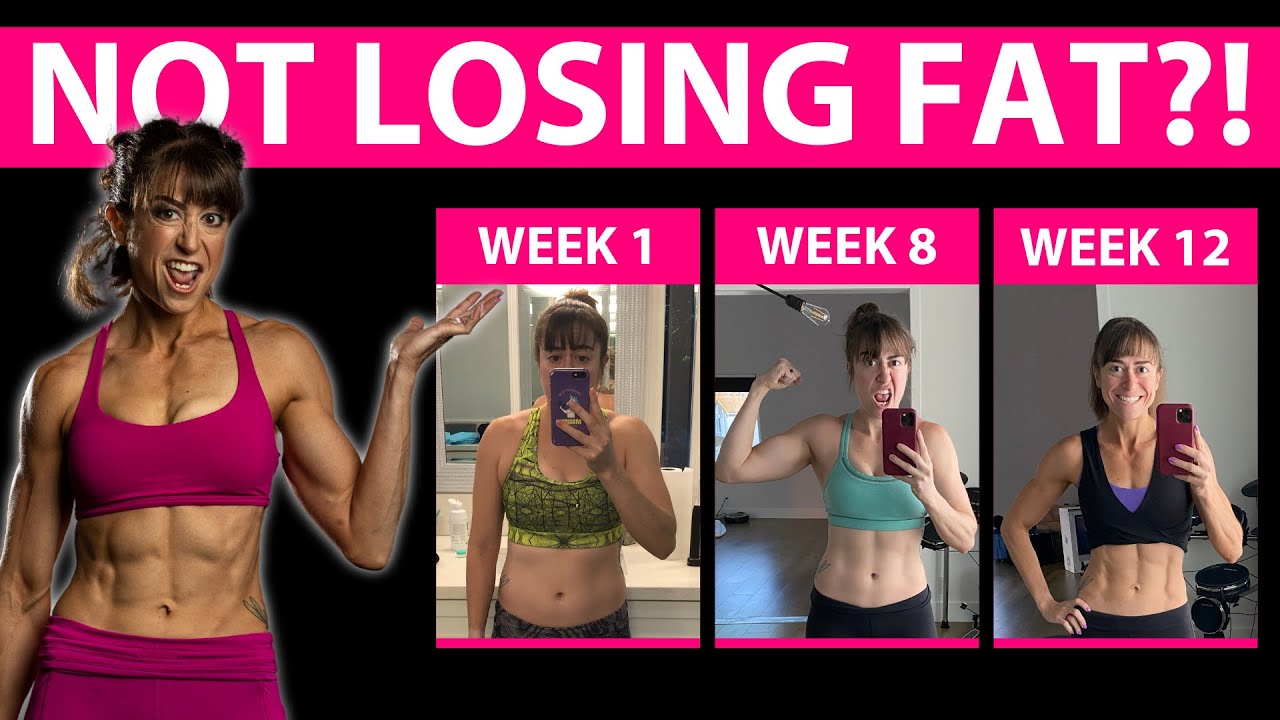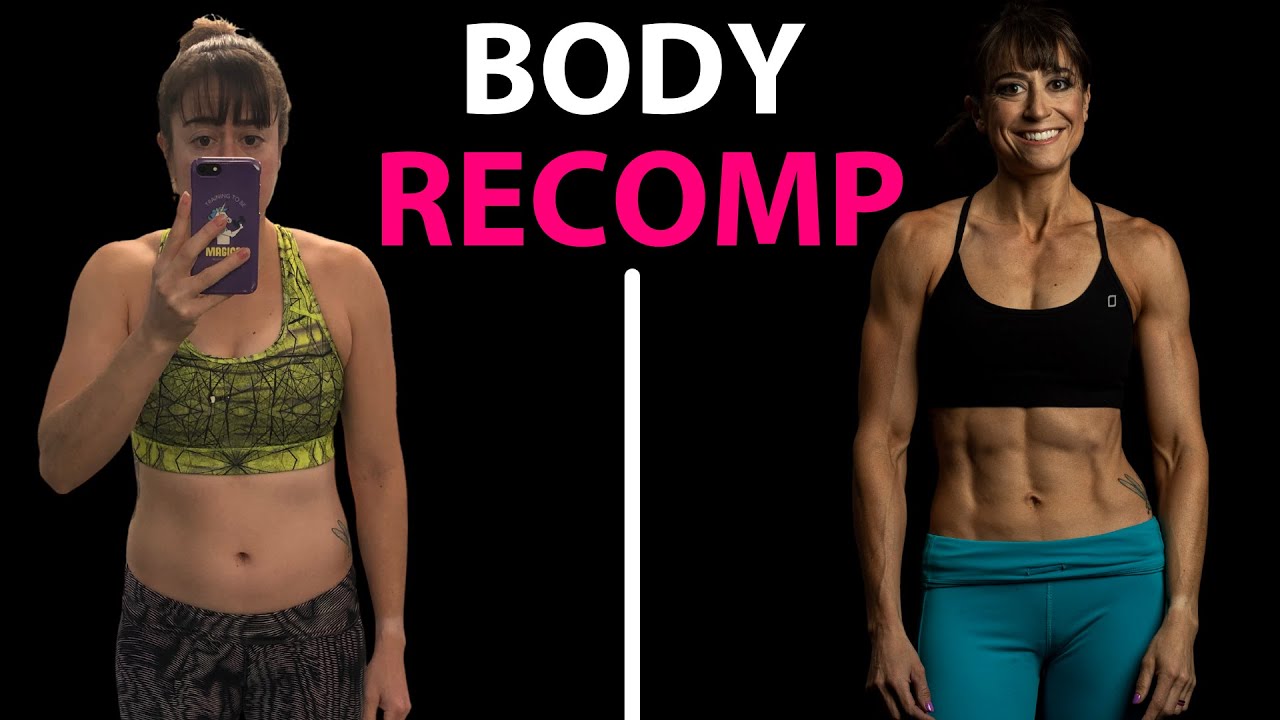
The Diets That Hurt Our Metabolism
Fad diet are keeping us stuck in this horrible yo-yo dieting cycle…
A cycle where we oddly become really good at losing the weight…
But also really good at regaining it.
And over time we only feel more and more frustrated not seeing the results we want while working harder and harder.
It’s all because these diets with labels overcomplicate things by oversimplifying things.
Let me say that again…
They suck you in making things seem easy and simple, but really they’re making things complicated and unsustainable.
And I don’t give a flying fart in space how you want to defend your diet with a label…
A diet you’re super excited by because you’re seeing initial results after just starting a month ago while being super motivated…
But, talk to me the second life gets in the way and you’re tempted by that basket of chips and salsa…
The first time you travel and it isn’t easy to hit the arbitrary standards of clean eating your diet recommends…
Because most fad diets…those diets with a label you almost attach yourself to as a badge of honor…
Keto, Carnivore, Paleo, Raw Food…
Promise fast results and make things seemingly simple to start.
BUT…they never truly help you create lasting change or shift your lifestyle.
They create restriction…not understanding.
They actually bank on the fact that you’re not truly learning what you need…
because it means you’ll buy into another label probably only months later when someone else posts on social media it’s magical and POOF the weight just disappeared…
But lasting results are not overnight results.
And we don’t often want to look and feel good just for a day.
That’s why I want to show you the Change Loop you’re keeping yourself stuck in jumping from label to label – repeating the same mistake over and over again just packed with a different bow on top…
And why you not only need to SIMPLIFY things but also embrace the HARD LEARNING PROCESS that seems far more complicated to start if you truly want a change.

I’ve done the label hopping…
Always thinking, “This next change will be it!”
I’d pick something that seemed like it would work fast.
That seemed simple to do…
I mean…I just need to cut out THIS ONE THING right and it will all work!?
Yes!
I’d go all in.
Restricting whatever I was told, even if I loved it.
And sometimes, I’d see fast results…to start.
I’d even try to convince myself, “This isn’t so bad! I didn’t like dessert that much anyway.”
But slowly it would feel like the restrictions tightened more and more.
I felt haunted by the foods I wanted and the cravings would increase.
And worse of all…The results would stop.
I’d hit a fast plateau. And began to DREAD the diet.
The overwhelm would hit and I’d start to whine and tell myself it wasn’t worth it.
So I’d quit. I’d go straight to my craving and BOOM a month later I’d be worse off than where I started…
Sluggish on the couch nursing a food hangover, I’d start to think…“I need to make a change! And I’d go search for the next label to fall for….
This right there is the change loop.
We find a program, get caught up in the promise of it.
We go all in, never really considering if the habits match what we need or are sustainable.
And in the process of making changes, we create habit overload.
We can embrace the restriction and sacrifice it for a bit if the results happen fast.
It feels worth it.
But then we always hit that point where results slow.
Where we start to feel like we just don’t have the willpower or self control.
We do that walk to the cabinet 17 times trying to talk ourselves out of having just ONE of those mini candy bars…
We do this until we hit that emotional sabotage point of this isn’t working anyway…
And we have the whole bag.
Once the seal is broken, it can take us days if not weeks or months of “I quit” before we again get motivated and jump right back into this loop…
Being swept up in the promise of another program…
What we don’t realize is that each and every time, we’re truly repeating the EXACT same mistakes.
Sure one time we’re cutting out carbs. Or nightshades or cooking…
But what we don’t realize is that by trying to keep things SIMPLE, we’re just constantly repeating the same mistake of restricting.
We’re drawing arbitrary lines of what foods we can and can’t have.
We’re not truly learning our balance or the fundamentals of nutrition.
The stuff that is hard and complicated and SLOWER changes to start.
Sorry.
But let’s be real…
No results worth having EVER came easy…
That’s why if you want to get out of this cycle and see lasting results to feel, look and move your best at ANY age…
You need to embrace the sucky fact that you’ve got to do the HARD process of creating a balance through a slow habit stack and learning!
This hard process starts with learning about your current lifestyle and finding one small change you can make today.
And…very unpopular opinion, but busting out of this loop to see the body recomp you want and feel your best, also comes with learning about macros.
Yup macros – the breakdown of the portions of proteins, carbs and fats you consume.
Now how you learn about macros, and how you track your food may vary.
But the more we truly learn what we need, the more we can control to adjust while including the foods we love.
Many of us have heard, heck I’ve even SAID, the line “Eat whatever you want and see results.”
“See results without cutting out the foods you love.”
And while this line sounds too good to be true…
While it sounds like just another diet with a label is coming your way…
It isn’t.
This statement is true.
It’s the power of macros.
Now note, I didn’t say whatever you want whenever you want in whatever quantity you want.
Sorry that’s not the case with anything in life.
But this is the power of learning the portions of each you need to see results while not having to label things as good or bad, off limits or ok!
And this is also what helps you create a lifestyle.
One size doesn’t fit all – yet we force ourselves to fit a diet label.
We force ourselves to not embrace that food is no longer just fuel.
That we have so many things in our diet we just include because we enjoy them.
And this isn’t a bad thing.
We shouldn’t feel guilty for just ENJOYING certain things and even the events that come with those foods.
We just need to learn our balance.
And the more we assess our current lifestyle, make one change to move forward while we learn about those macros and their impact, the more we can see those results snowball.
As we then stack more and more habit changes, we will see those results build. But not only build, actually LAST.
So as unsexy as this process is…
As hard and complicated and overwhelming as it is to start…
It’s ultimately easier.
It demystifies what works.
Because those diets that make it seem so simple, are really just not showing you HOW to do it on your own. They’re not teaching you so you stay stuck.
So today, if you haven’t before, just write down what you’re currently eating.
Then pick one really easy change to make.
Don’t cut out the food you love most.
Even consider adding in.
But make one small change and then even check the video description for a link to more on the basics of macros so you can start to truly understand what YOU need for long term results!
Get off the dieting rollercoaster and learn how to truly stack those habits and make those LASTING nutritional changes…
Learn more about my Metabolic Shred!






